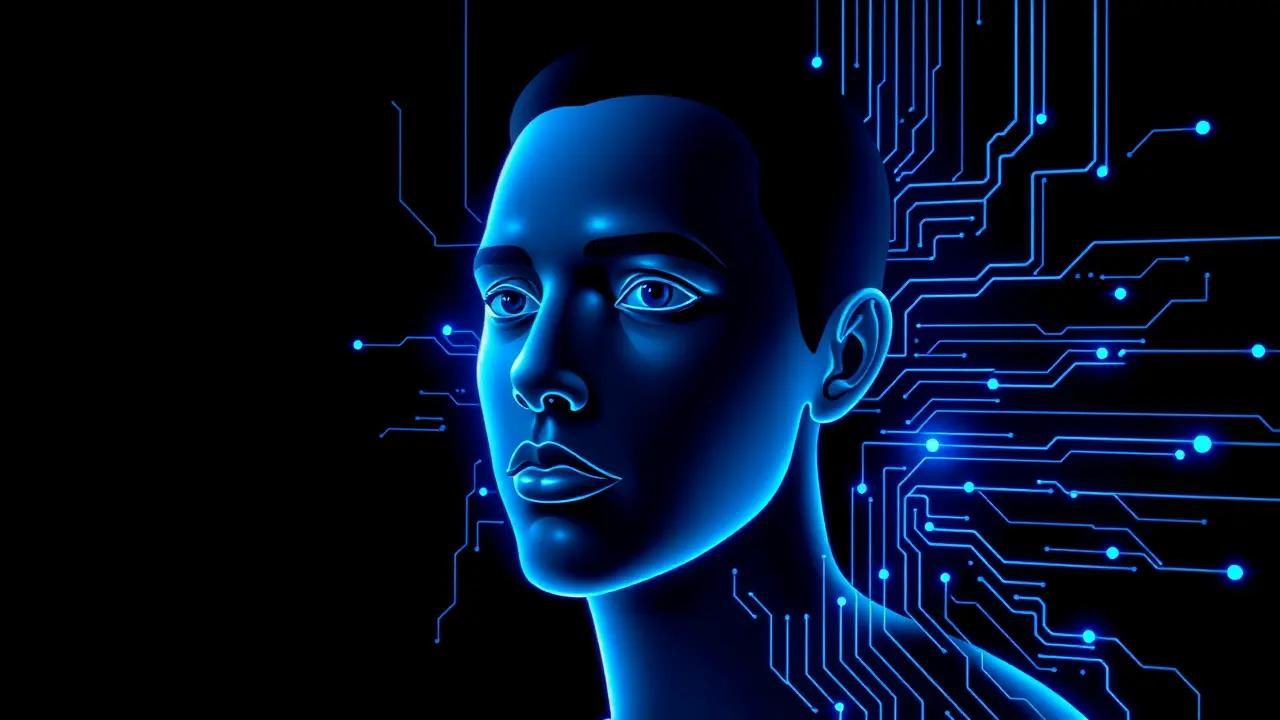
AIcomputer visionFace Recognition
US Police Get Facial Recognition App Used by ICE
OL
Oliver Scott
8 hours ago7 min read
In a development that significantly blurs the lines between immigration enforcement and domestic policing, a facial recognition application previously leveraged by U. S.Immigration and Customs Enforcement (ICE) is now being deployed by local police departments across the United States. The app, known as Mobile Identify and available on the Google Play Store, represents a potent technological escalation, granting officers in the field the ability to run facial recognition checks from their patrol cars or during street stops with startling speed.This tool, which taps into vast databases including state driver's licenses and federal biometric repositories, was initially a cornerstone of ICE's intensified immigration crackdowns, enabling agents to identify undocumented individuals with a mere photo. Its migration into the hands of municipal and state police forces is not merely a procedural shift; it is a strategic gambit that raises profound questions about mission creep, the erosion of public trust, and the creation of a de facto domestic surveillance network without a corresponding national debate on its ethical and legal boundaries.From a risk analysis perspective, this move introduces a cascade of potential shockwaves. The immediate operational benefit for law enforcement—quicker identifications of suspects, missing persons, or the deceased—is undeniable, but it is overshadowed by the latent systemic risks.We are looking at a scenario where a tool designed for border and immigration control is being normalized for general citizen interaction, effectively bypassing the legislative scrutiny that would typically accompany such a powerful surveillance capability. The precedent is alarming: technology procured under one legal authority, with one set of rules for a specific population, is being repurposed for another, creating a regulatory gray zone ripe for abuse.Consider the historical parallel: the post-9/11 expansion of intelligence-gathering powers intended for foreign terrorists was gradually turned inward, a process that took years and sparked enduring controversy. This feels like a compressed, technological version of that same playbook.The potential consequences are multifaceted. On one front, there is the clear risk of exacerbating the already fraught relationship between police and minority communities, who are disproportionately subjected to street-level stops and may now face the added intrusion of having their biometrics scanned and checked against federal databases with immigration ties.This could effectively chill community cooperation and reporting of crimes. On another front, the cybersecurity risk is immense; consolidating this level of access on a mobile platform creates a tantalizing target for state-sponsored hackers or cybercriminals, threatening a catastrophic breach of personal biometric data.Furthermore, the lack of a comprehensive federal law governing facial recognition use means a patchwork of local policies will dictate its application, leading to wild inconsistencies in civil liberties protections from one jurisdiction to the next. The strategic implication is the quiet erection of a biometric panopticon, piece by piece, under the guise of operational efficiency, a move that could fundamentally alter the balance between state power and individual privacy in America.
#featured
#facial recognition
#law enforcement
#ICE
#Mobile Identify app
#police technology
#surveillance
#privacy concerns
Stay Informed. Act Smarter.
Get weekly highlights, major headlines, and expert insights — then put your knowledge to work in our live prediction markets.
© 2025 Outpoll Service LTD. All rights reserved.